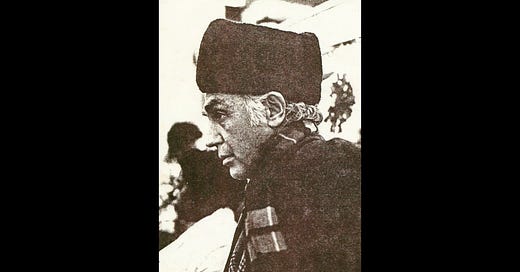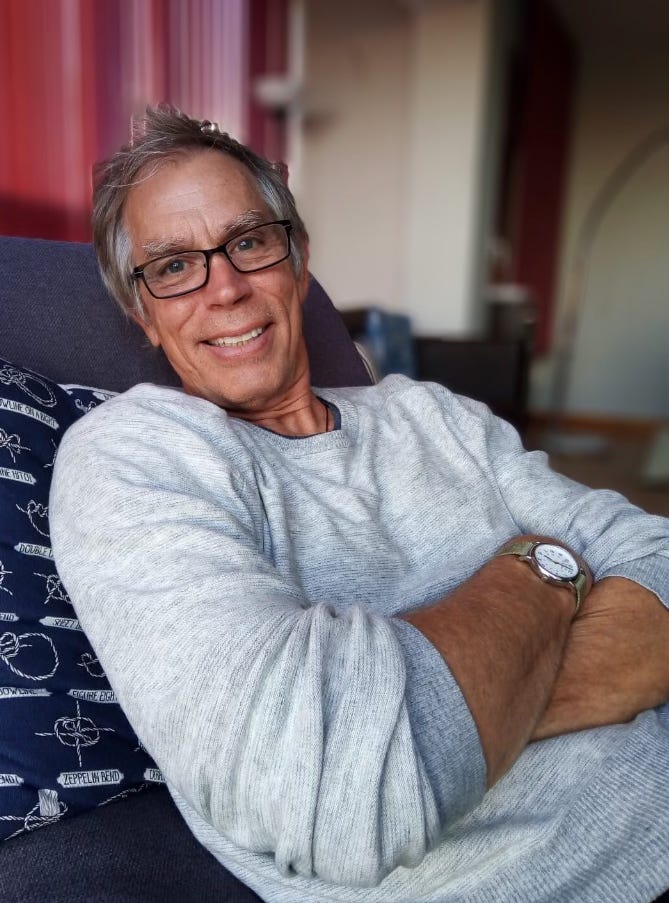Dedication and Thanks
In 2023, I chased my great-great grandfather’s trail back to the small town of Zumaglia in northern Italy. There, the trail ended. I found not a trace of him. Niente (“nothing” in Italian)…not even his grave.
I don’t know why my ancestor Giuseppe Uberti traveled thousands of miles, probably by foot, from central Italy to the border with Switzerland. I don’t know how he lived or died. I don’t know how he met my great-great-grandmother Caterina Mazuchetti or why she emigrated to the United States after he died.
It wasn’t common in those days to keep memoirs, but what a treasure it would be if I had found one, dusty and buried in some church vault in Zumaglia. It would be worth its weight in gold to me.
And so I dedicate this book to the inquisitive soul who, like me, wants to know where they came from and what makes them the way they are. That person may not even be born yet, but when they go looking, they will find this book…dusty and buried.
My thanks go to Fabiana Capuano, Michael Noyes, Lynn Goodbody-Davidson, Cliff Noyes, Pat Billeter, and Beth Green Tweddle. This book is much better because of you. Grazie!
Introduction
Some of you will remember a scene from the 1980 Star Wars film The Empire Strikes Back in which the Jedi master Yoda leads his knight-in-training Luke Skywalker to the dark opening of a spooky cave.
“In you must go,” commanded Yoda.
“What’s in there?” Luke asked, peering warily into the ominous hole.
“Only what you take with you,” Yoda said.
Luke Skywalker enters the cave and encounters his greatest fear — the black-clad, towering figure of his arch-nemesis Darth Vader. Skywalker cuts off Vader’s head, only to discover his own face inside the smoking helmet. The young knight is taking the first painful step of learning who he is, and of his relation to Vader.
That scene, and in fact much of the Star Wars saga, is based on the work of Joseph Campbell, an American professor of literature and author of The Hero with a Thousand Faces. In that book, Campbell deconstructs the archetypal hero’s journey shared by all world mythologies, and identifies a path trod by every hero from Odysseus to Skywalker. While we don’t always recognize it as such, that well-worn path defines every hero’s journey, yours and mine too.
Eventually, for all men, there comes a time and place on that journey where we must encounter the man who loomed large in our psyche — our fathers. For men like me (and Luke Skywalker) who desperately do not want to be anything like the man who sired us, that encounter can be a dark one, exposing our shadow side in ways that can be downright scary.
What can we do when we encounter our fathers in the dark cave and see our own image reflected in him? Joseph Campbell offered an answer. He said:
“The work of the hero is to slay the tenacious aspect of the father (dragon, tester, ogre king) and release from its ban the vital energies that will feed the universe.”
Feeding the universe is no small task. It’s not for the timid. But for the few of us who dare to enter the cave, we may discover the hero within, the one who can make the world just a little bit better in a way that might seem small, but that is still significant.
While this book is for anyone of any gender who wants to be part of that noble mission, I am only confident of my thoughts, opinions, and perspectives about men, for that is what I am, a man, and that’s who I understand best.
In these pages, I share my experience as one who came to manhood in the late 1950s and ’60s, a time when my country, the United States, was in crisis. Political assassinations, an aimless war, race riots, civil unrest, the sexual revolution, hippies, rock and roll, feminism…these were all agents of change common to that time — agents that affected how men my age (born 1956) show up in the world.
And honestly, we don’t always show up well. I believe many of today’s woes, from gun violence to domestic abuse to climate change, have their root cause in men’s health, which I submit is presently not good, nor has it been for some time. There are no excuses for negative male behavior, but there are reasons for it, and those reasons must be examined if men are to be healthy participants in a world that desperately needs them.
Being a healthy male means more than just having a working set of balls and a penis — it means being endowed with a powerful male essence and energy that naturally motivates men to, as men’s coach Corey Wayne said: “Take risks, penetrate through obstacles, and push toward our goals with purpose, drive, and mission.” It means stepping up, even when we don’t want to or are afraid. “The cave you fear to enter,” said Joseph Campbell, “holds the treasure that you seek.”
So, in the words of Master Yoda: In you must go.
Before I close this introduction, I want to explain the title Making the Second Half Man, which is to be interpreted two ways. The first is a reference to me, the author, a man now solidly in the second half of his life. I have the advantage of old age to see the events of my childhood in a different light, and I share them from that point of view.
The second interpretation refers to the second half of the 20th Century, a period whose events colored how I interpret the world now. Woven between the two halves like a red thread is my father, a man whose mysteries lured me into my own cave of discovery.
For this book, I dug into my father’s story in ways I never thought I would, for I was estranged from him while he was alive. There’s no excuse for that, but again, there are reasons, starting with the fact that Dad did not reveal much about himself, a practice all too common for men who generally participate in a conspiracy of silence. It wasn’t until 2011, nearly twenty years after Dad died, that I began to piece together his life and, in doing so, to piece together my own as well.
Our story begins late one night in 2011, when the door to a secret room in my father’s life opened, revealing a forbidden love that was as bitter as it was sweet.
Read the first three chapters for FREE
My high school English teacher taught me to read at least 100 pages of a book before deciding what I think of it. That’s about how many pages I give you for free before asking you to pay for the remaining 35 chapters.
Buying the book tells me you’re interested, supports my work, and gives you access to some free e-goodies!
So, go ahead and…






